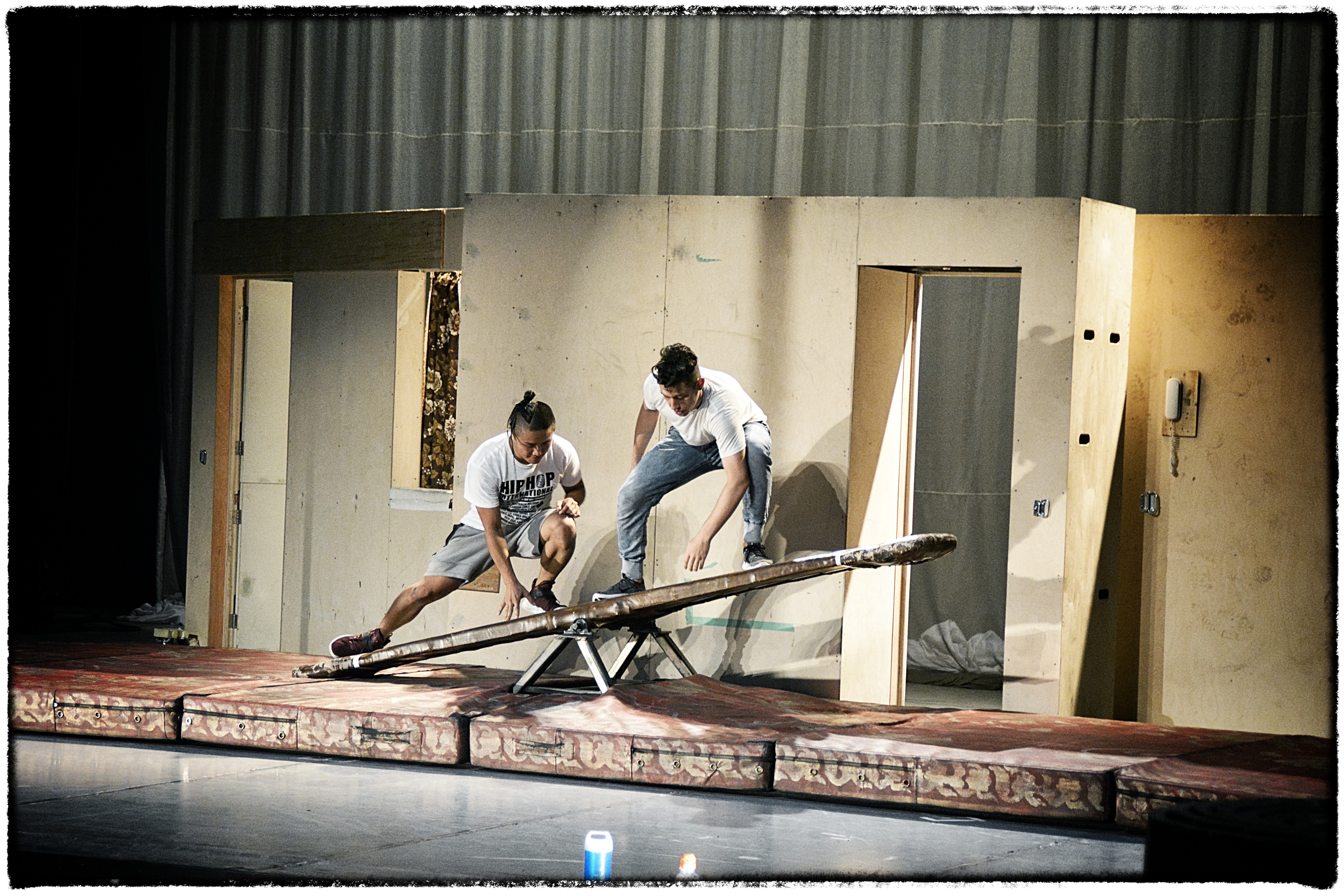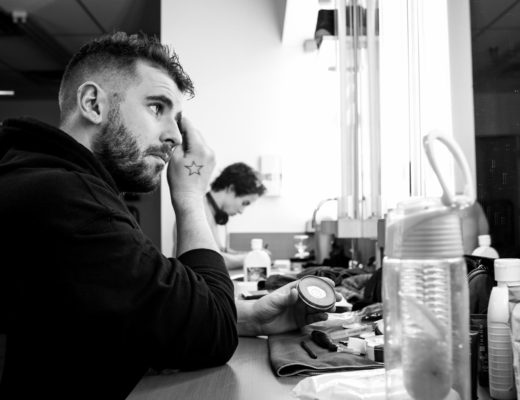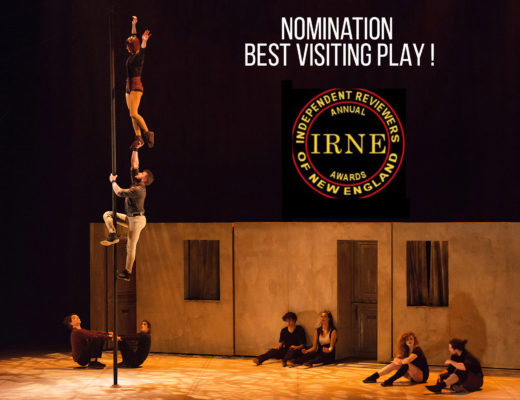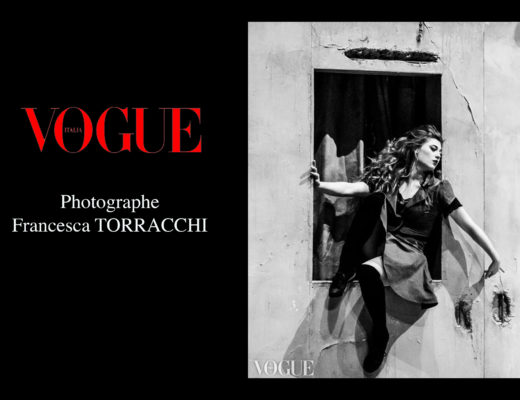
Philip CHBEEB & and Hokuto KONISHI, from AXYZM are Movement Design Collaborators on the show
How does your own work relate to the work of the 7 Fingers?
Phillip: What the 7 Fingers does really well is not only capture the human side of a circus performer but, with a kind of minimalist approach, they strip away all the things that are in excess and actually leave the barebones, personal side of a human’s life. The personal side of very simple set pieces can transform into this huge meaning. In a similar way, we like to take everyday objects and things that are relatable to people and transform those things into things that are greater, or more interesting, than they would be. In that way we found a commonality in just transforming minimal things with only eight cast members and three walls, like, “How can you take this and transform it into something beautiful?”
What has struck you during this experience?
Hokuto: Now, especially with the media and the social media and the pace going faster, I feel like the point where [some] give up is a lot quicker. With circus artists of this level, they all have this incredible level of craft and they just have this understanding of, “All right, you have to do it a million times first before you say anything.” If everyone had this mindset, the dance craft would definitely grow. I really would want dancers and people who haven’t really seen circus to see the 7 Fingers show [to see] the marriage of dance and circus, where it’s not just the tricks and acts, but it’s all the in-betweens.
Phillip: The way the circus artists of Reversible are willing to delve into our craft just as much as with their own is a really rare thing that we don’t always see in the industry. It was really refreshing to see open artists tackling everything we threw at them.
What are your thoughts on the role of the artists during this creation?
Phillip: One of my favourite things about the 7 Fingers’ approach—and it seems like such a unique way of approaching theater and circus—was the amount of attention that they bring to the artists themselves. I think very often the artist kind of gets hidden behind this enormous production which I think is great sometimes but what you lose is that fact that audience members are people and that they’re watching other people and having a connection. This is something that I think 7 Fingers does extremely well, so when you’re watching one of these performances you’re not just seeing some creature that does something amazing and jumping through, but you’re also seeing yourself in those people. I think it has that extra inspiration for the audience member to be like, “You know what? There’s more I can do with my life and what goes on in my life than I thought.”
Hokuto: The fact that you understand the performers are humans, and just simple things like, “Oh, they’re walking— I can walk! They’re leaning on the wall—I can lean on the wall!” and then when they do the things that are amazing it just enhances it even more because it’s brought the audience down to a human level rather than just going in to see some tricks. Tricks wise all the cast members have something amazing to offer. I love that with the 7 Fingers they’re able to coat that in a very human way.




No Comments